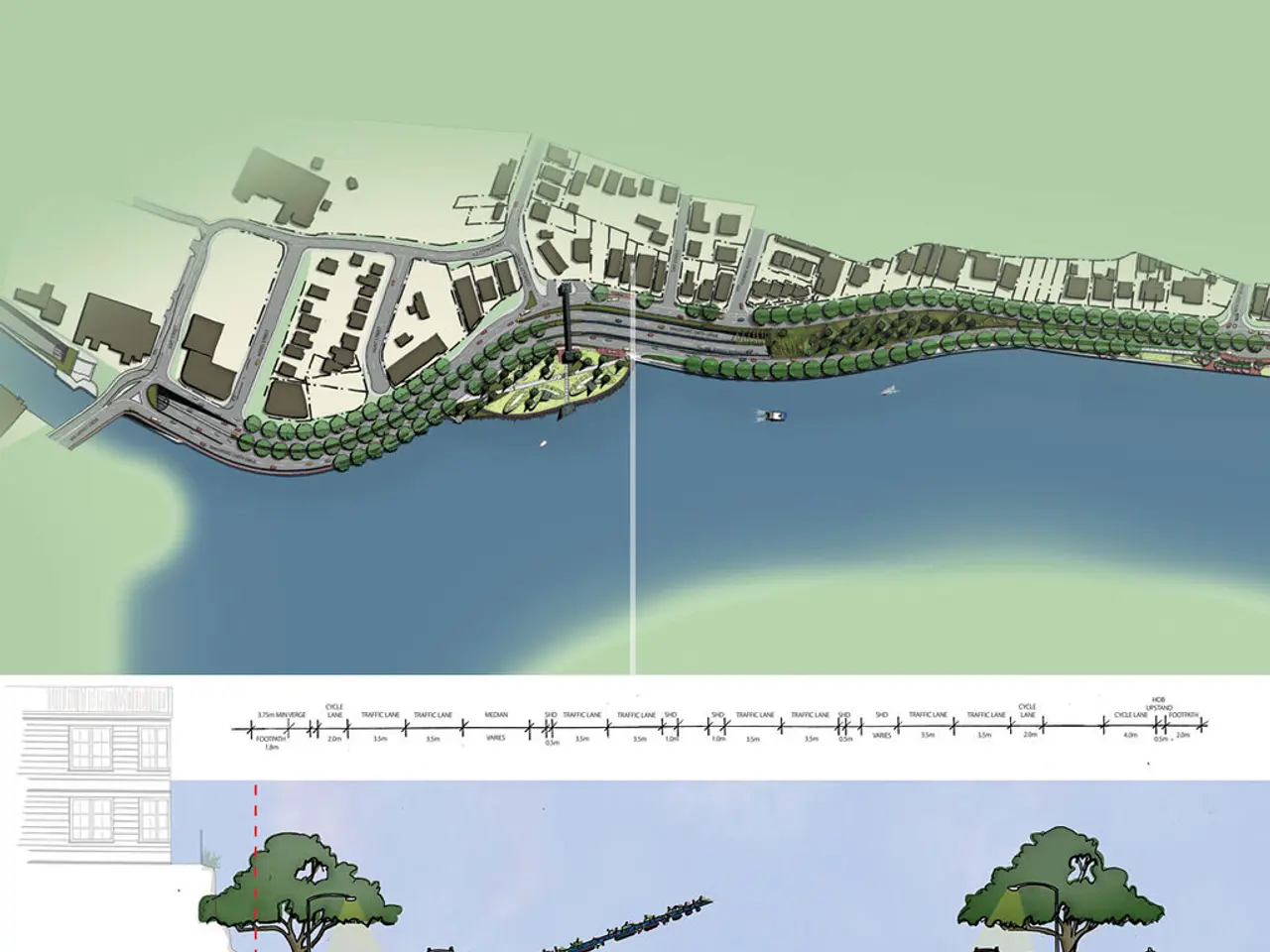Estonia surpassed European counterparts in digital advancement
In the digital age, Estonia has emerged as a trailblazer in digital governance, offering a model for other countries to emulate. With over 90% of its citizens using digital services in administration, Estonia's approach stands in stark contrast to Germany, where only around 62% of people use such services.
One of the key elements of Estonia's digital governance is comprehensive digital service coverage. The Baltic nation offers 100% of government services online, including complex ones such as divorce applications. This ensures seamless, citizen-centric access to services, a feature that is still lacking in many countries.
Estonia's digital success is underpinned by the X-Road data exchange platform, a secure middleware that enables different government databases to communicate without creating a central repository, preserving security while enabling interoperability. This innovative solution is a testament to Estonia's commitment to digital transformation.
Another crucial aspect is the national digital identity (e-ID), which is mandatory for over 90% of Estonians. This digital identity card is used to securely access all e-services, sign documents digitally, and perform legally binding actions remotely from anywhere in the world.
Estonia's emphasis on user-friendliness is evident in the design of its digital services, contributing to high adoption rates. In contrast, Germany's digital offerings currently lag behind in this regard, limiting adoption.
Transparency and security are also paramount in Estonia's digital governance. Citizens can see who accessed their data and why, with strict legal penalties for misuse, reinforcing trust in the system. This transparency is a key factor in Estonia's success.
Digital signatures in Estonia save around 2% of the country's GDP annually by reducing bureaucracy and accelerating administrative processes. The country's digital ecosystem is further expanded through public-private partnerships and the e-Residency program, which enables non-residents to utilize Estonia’s digital infrastructure.
In contrast, Germany's digital governance is more fragmented and less adopted. The recent establishment of the Ministry for Digital Transformation and Government Modernization (BMDS) aims to accelerate digital governance and provide a comprehensive, coordinated range of services. However, this is a newer initiative still under development.
Estonia's digital governance is a result of early and sustained political will, strong technical infrastructure, and a fully integrated, seamless system creating a highly efficient digital society. Germany is now making strides to catch up, but faces more complexity due to its size, federal structure, and historically slower digital adoption.
EU countries like Germany can learn a lot about efficient and user-friendly digital governance from pioneers like Estonia, especially when it comes to reducing bureaucracy. As the European tech industry calls for reducing Europe's reliance on American tech giants, the development of a EuroStack as a European alternative for technological sovereignty is gaining traction.
In conclusion, Estonia's digital governance offers a blueprint for other countries to emulate. Its success is a testament to the power of political will, technical innovation, and user-centric design in creating a digital society that is efficient, secure, and transparent.
- Despite Germany's efforts to improve digital governance, it currently lags behind Estonia, particularly in the realm of user-friendliness.
- Estonia's digital identification system, mandatory for over 90% of its citizens, enables secure access to various services, even from international locations.
- The European tech industry is pushing for a reduction of dependence on American tech giants, and the idea of a EuroStack as a European alternative is gaining traction.
- The world is observing Estonia's digital society as a result of early and sustained political will, strong technical infrastructure, and a fully integrated, seamless system, offering a model for other countries, including those in Europe.




